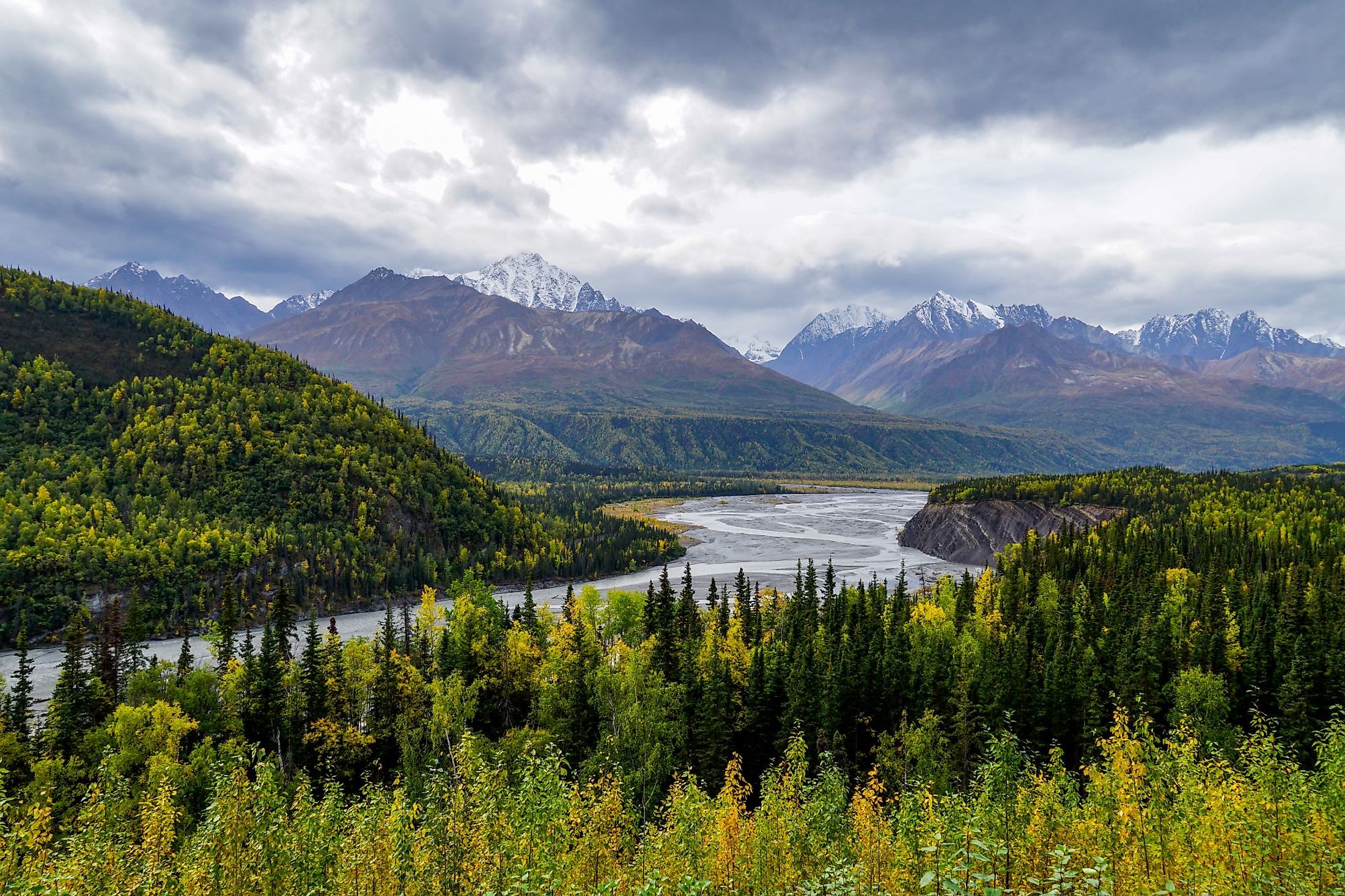
Matanuska-Susitna Valley
The Matanuska-Susitna Valley, also known as The Valley or Mat-Su, is an extensive area situated in the southcentral portion of the US State of Alaska. Located south of the Alaska Range, the Matanuska-Susitna Valley offers an unlimited exploration of the pristine Alaskan wilderness. The Mat-Su Valley is what Alaska tourists envision when they think of the state: towering mountains, enormous glacier valleys, fish-filled rivers and lakes, plentiful Alaska wildlife, wonderful hiking country, picturesque campsites, and charming frontier towns.
Geography And Climate Of The Matanuska-Susitna Valley
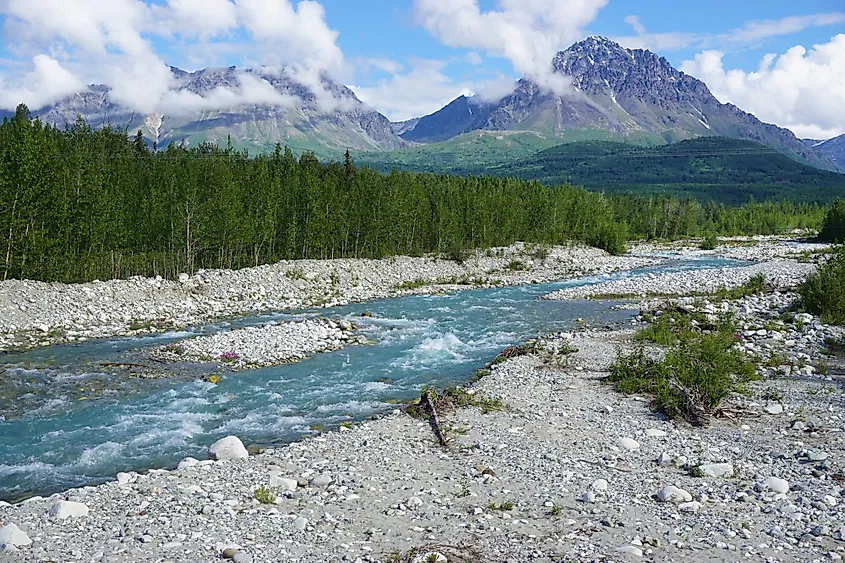
Placed 56 km north of Anchorage, the Matanuska-Susitna Valley includes hundreds of kilometers of terrain and the valleys of the Matanuska, Susitna, and Knik Rivers. Alaska's Matanuska-Susitna Borough, which covers a total area of 65,420 sq. km, administers the Matanuska-Susitna Valley. Being one of the state's fastest-growing regions, the borough includes the towns of Wasilla, Palmer, Houston, Sutton, Willow, Big Lake, and Talkeetna. The Matanuska-Susitna Valley has been shaped by three mountain ranges, namely the Alaska Range, the Chugach Mountains, and the Talkeetna Mountains.
The Matanuska and Susitna Valley experience a maritime-continental climate that transitions between chilly summers and lengthy, freezing, and snowy winters. The temperature usually ranges from 5°F to 68°F throughout the year. There are 205.6 nights each year in Matanuska-Susitna Borough when the low temperature is below freezing, and January has the lowest nighttime average temperature at 5.3°F. On the other hand, the warmest month is July, with an average high temperature of 67.7°F. Additionally, The Valley annually gets 21 inches of rain and 83 inches of snow, on average. There are 106.8 rainy days, and the wettest and driest months are September and March, with 3.4 and 0.7 inches of rain, respectively. On the other hand, seven months of the year see substantial snowfall, with December having the most at 19.6 inches.
History Of The Matanuska-Susitna Valley
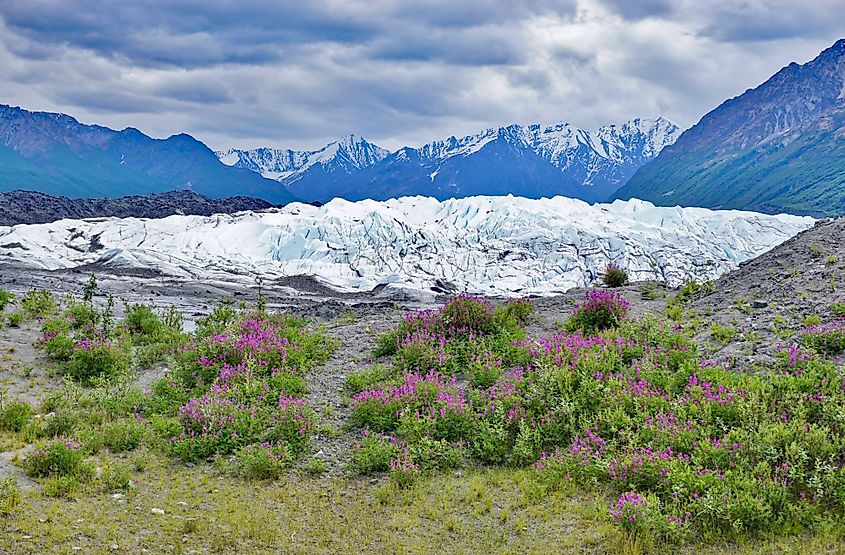
It is believed that glaciers carved out the Matanuska-Susitna Valley at the end of the last Ice Age, which led to the creation of thousands of lakes. The original residents in the area were the Ahtna Athabaskan and Dena'ina native people, who have been using the paths along the Matanuska River for thousands of years to transport trade products from the Cook Inlet region into the Copper River Area. In 1818, the valley was explored by the Russians. George Palmer opened a trading post along the Matanuska River in 1880. Among the non-Native Alaskans who settled here were miners who had survived the 1913 Nelchina gold stampede. The gold and coal mines in the region spurred the early expansion. In 1935, as part of the New Deal, President Roosevelt approved a relocation program that relocated 203 agricultural families to Palmer at the height of the Great Depression. Due to their comparable frigid winter climate, families from Minnesota, Wisconsin, and Michigan were mainly picked. The "Colonists" received their land parcels by lottery and, as a result, established the Matanuska Valley Colony.
Wildlife In The Matanuska-Susitna Valley
A broad diversity of Alaska's fauna may be found in the Valley. Black and grizzly bear sightings are also common. It is also common to spot wolves, rabbits, foxes, mink, lynxes, beavers, muskrats, porcupines, and squirrels. At the foothills of the Alaska Range, in Denali State Park, one can see moose, caribou, fox, Dall sheep, wolves, mountain goats, marmots, lynx, and a wide variety of birds.
Agriculture In The Matanuska-Susitna Valley
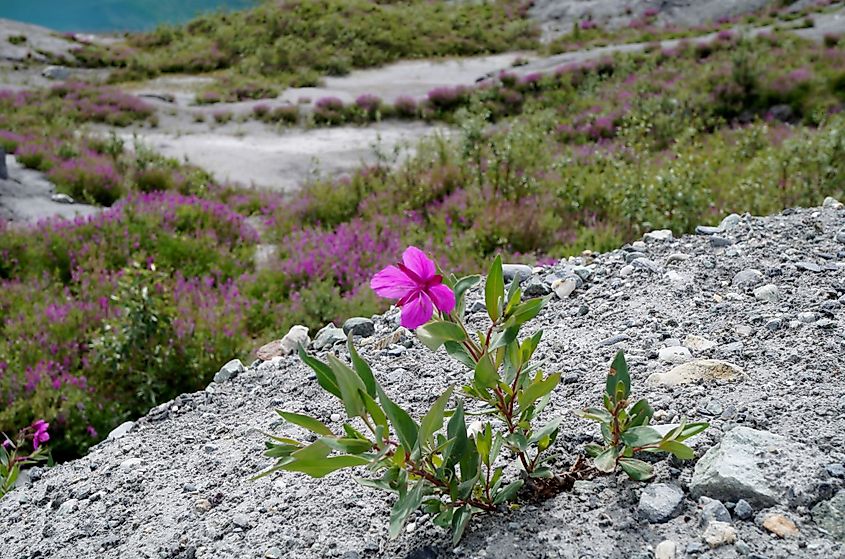
The Matanuska-Susitna Valley initially started as an agricultural colony. The Valley is one of the most productive agricultural regions in the world, where the majority of the local farms are run by families. After Europeans arrived in the region, it has been an agricultural center, and now boasts one of the largest farmer populations in the country. The region's crops are vital to its economy and generate a sizable amount of its revenue. Mat-Su broke world records by growing the largest vegetables ever, including 42.75 pounds of beets and 138.25 pounds of green cabbage.
Recreation In The Matanuska-Susitna Valley
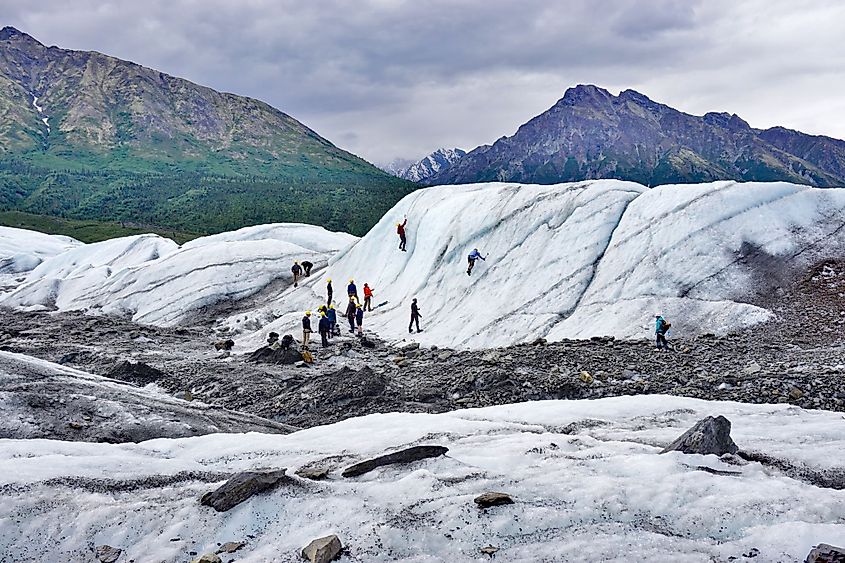
Adventures in the Mat-Su Valley include much more than simply farm tours and witnessing Alaskan history. Visitors to the Mat-Su may experience a variety of activities there, including freshwater fishing, boating, hiking, camping, dog sledding, cross-country skiing, flightseeing, ziplining, and glacier gazing. The hiking trails of Denali State Park provide some of the best views of North America's tallest peak, Mount Denali. From the eccentric town of Talkeetna, one can take a flightseeing tour to see the mountain from the air and even land on one of its glaciers. The valley’s rivers and lakes, notably Nancy Lake State Recreation Area, Lake Louise State Recreation Area, and Big Lake, offer countless options for fishing, boating, and other water sports.











